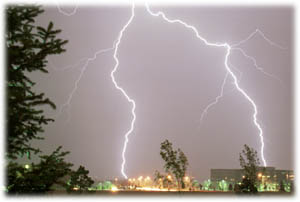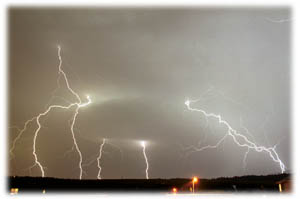


| Personal | Professional | Christian Stuff | Photographs | Miscellaneous | Blog |
Admin |

|

|

|
|||||||||
|
|||||||||||
| Like the present tense, the imperfect tense displays an internal aspect.
That is, it portrays the action from within the event, without regard for
beginning or end. This contrasts with the aorist, which portrays the action
in summary fasion. For the most part, the aorist takes a snapshot of the
action while the imperfect (like the present) takes a motion picture, portraying
the action as it unfolds. As such, the imperfect is often incomplete and
focusses on the process of the action.
The imperfect is often used to describe an action or state that is in progress in past time from the viewpoint of the speaker.
The imperfect may be used to stress the beginning of an action.
The imperfect is sometimes used for repeated action in past time. It is similar to the customary imperfect, but it is not something that regularly recurs.
The imperfect is used to indicate a regularly recurring activity in past time (habitual), or a state that continues for some time (general).
This use of the imperfect tense occasionally portrays the action as something that was desired (voluntative), attempted (conative), or at the point of almost doing something (tendential).
Like the present, the imperfect can be retained from the direct discourse in the indirect.
|